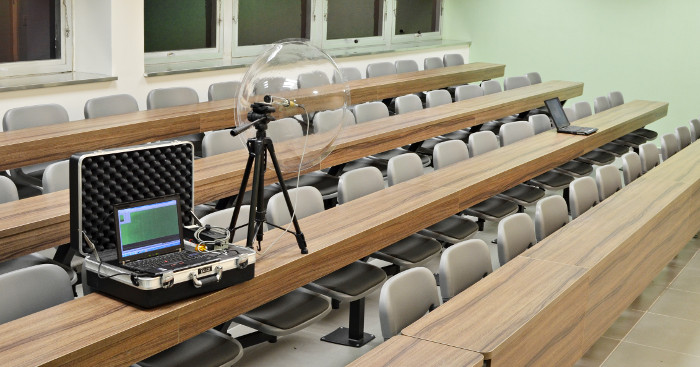Mais um forte concorrente ao prémio UberGeek, desta vez numa tese de doutoramento por estudantes Israelitas, desenvolveram um método que consegue extrair chaves criptográficas de um outro computador através da análise do
som que o computador faz quando desencripta os ficheiros.

RSA Key Extraction via Low-Bandwidth Acoustic Cryptanalysis
Many computers emit a high-pitched noise during operation, due to vibration in some of their electronic components. These acoustic emanations are more than a nuisance: they can convey information about the software running on the computer, and in particular leak sensitive information about security-related computations. In a preliminary presentation, we have shown that different RSA keys induce different sound patterns, but it was not clear how to extract individual key bits. The main problem was that the acoustic side channel has a very low bandwidth (under 20 kHz using common microphones, and a few hundred kHz using ultrasound microphones), many orders of magnitude below the GHz-scale clock rates of the attacked computers.
Here, we describe a new acoustic cryptanalysis key extraction attack, applicable to GnuPG's current implementation of RSA. The attack can extract full 4096-bit RSA decryption keys from laptop computers (of various models), within an hour, using the sound generated by the computer during the decryption of some chosen ciphertexts. We experimentally demonstrate that such attacks can be carried out, using either a plain mobile phone placed next to the computer, or a more sensitive microphone placed 4 meters away.
Beyond acoustics, we demonstrate that a similar low-bandwidth attack can be performed by measuring the electric potential of a computer chassis. A suitably-equipped attacker need merely touch the target computer with his bare hand, or get the required leakage information from the ground wires at the remote end of VGA, USB or Ethernet cables.
Não tarda muito temos dispositivos a injectar ruído no ar e na massa do sistema para prevenirem ataques deste género...
